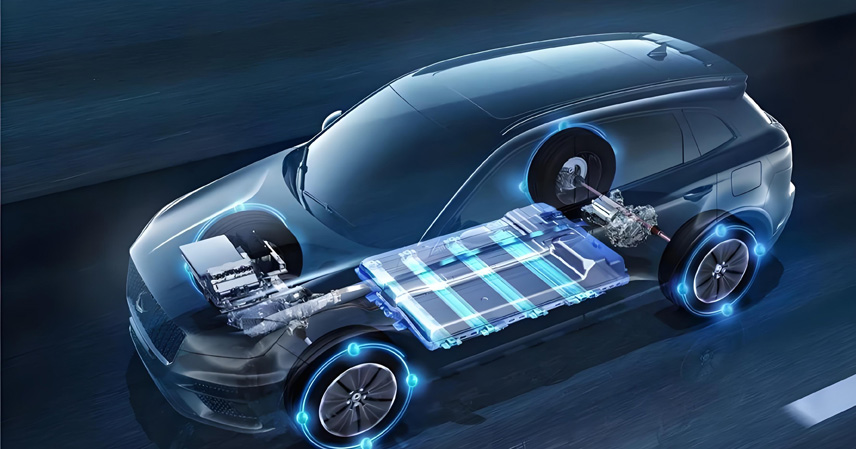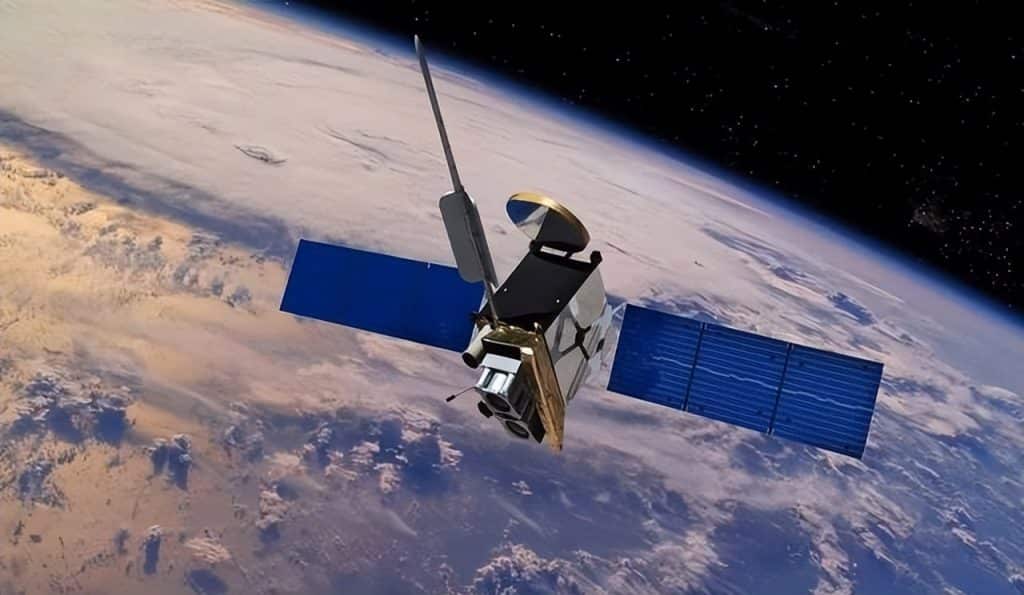Drivers of gasoline cars often complain about fuel costs—a single tank costs hundreds of yuan yet barely lasts 500 kilometers. But EV owners face new troubles: in winter, range can suddenly drop by half, and waiting an hour to recharge at highway service areas has become common.
Whether it’s fueling or charging, the curse of “range anxiety” seems inescapable.
But scientists are working on a breakthrough that could change everything: controlled nuclear fusion.
Imagine this—just 100 grams of nuclear fuel, lighter than your smartphone, could power a car for its entire lifetime.
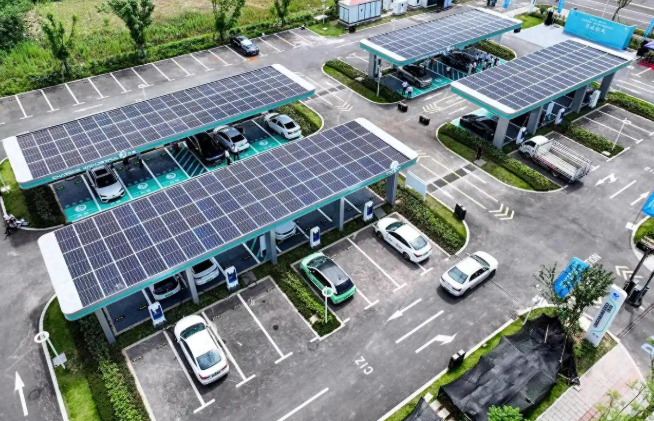
How far away is this future?
The Energy Dilemma
The shortcomings of fuel cars are obvious. A family car consuming 8 liters per 100 km burns about 2.7 million joules per kilometer, yet less than a quarter actually drives the wheels. The rest is wasted as heat.
Worse, burning gasoline releases emissions, and the planet’s oil reserves are finite.
EVs, though cleaner, still face issues. In 2025, many electric cars boasted ranges of 400–600 km. But in winter, at –10°C, these ranges drop by 30–50%. Some models see their range cut in half.
Northern drivers in winter must constantly calculate whether their EV can make the trip.
Charging speed has improved: some brands now recharge 400 km in just 10 minutes using ultra-fast chargers. But this depends on high-power stations, and during holidays, long queues are unavoidable.
Battery life is another barrier—mainstream lithium batteries last about 5 years before replacement. Recycling systems are still imperfect, leaving many retired batteries with no easy solution.
Shanghai announced in 2024 that by 2027, it would expand its nuclear industry to 60 billion yuan, with fusion research as a key priority.
Why such investment? Because whether fuel or EVs, both remain trapped in the cycle of frequent refueling. Fusion may be the ultimate answer.

Building a “Man-Made Sun”
The principle of nuclear fusion is simple: it’s the same process that powers the sun.
Hydrogen isotopes deuterium and tritium fuse at extreme temperatures, forming helium while releasing massive energy.
From just 100 grams of fuel, if 0.7% of its mass is converted to energy, it would last for decades.
The challenge is stability. Fusion requires temperatures over 100 million °C, hotter than the sun’s core.
In March 2025, China’s HL-3 tokamak achieved dual plasma temperatures of 117 million °C for nuclei and 160 million °C for electrons—essentially creating a “mini sun” in a lab.
Containment requires powerful magnetic fields. The ITER project’s central solenoid magnet weighs 1,000 tons and generates 13 Tesla—260,000 times Earth’s magnetic field—enough to lift an aircraft carrier.
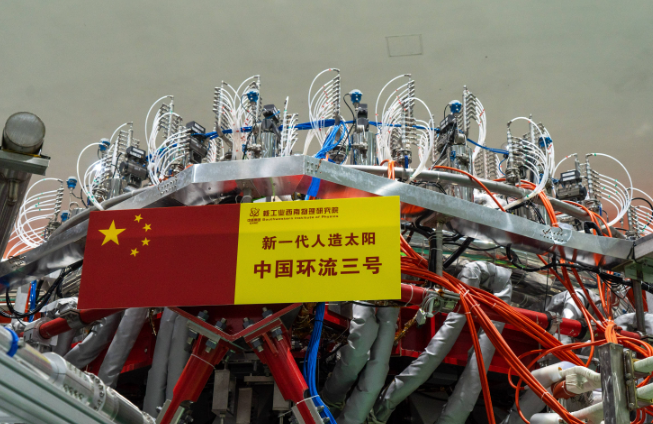
In May 2025, all components of this “magnetic giant” were completed, awaiting assembly to confine plasma.
China’s EAST reactor set a new world record in January 2025, sustaining over 100 million °C for 1,066 seconds—more than doubling its 2023 record. This proves humanity can now keep fusion burning stably for nearly 20 minutes.
From Lab to the Road
To power cars, fusion devices must shrink. Today’s ITER reactor is 20 meters wide—too large for vehicles. The key lies in stronger magnets: higher fields mean smaller devices.
In March 2025, Chinese company Energy Singularity developed a 21.7 Tesla magnet, surpassing MIT’s record.
This breakthrough suggests future reactors could be compact enough to fit inside cars.
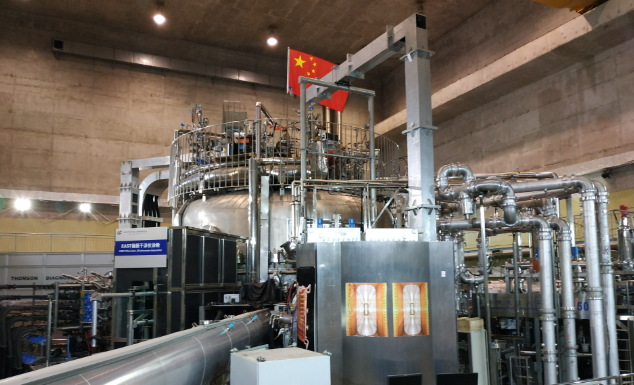
The company plans a next-generation reactor by 2027 where energy output exceeds input—a crucial step toward practical use.
Stability is also vital. Cars need continuous energy, not a short burst. Progress from seconds to over 1,000 seconds in labs shows scientists are inching closer.
Globally, ITER unites China, the U.S., EU, and Japan, with China handling 9% of R&D tasks, including superconducting magnets. International cooperation accelerates progress.
The 100-Gram Fuel Revolution
How far can 100 grams of fuel go? Scientists estimate that 100 g of deuterium-tritium fuel releases 63 trillion joules—equal to 1.8 million liters of gasoline.
That’s enough for a car consuming 8 L/100 km to travel 23 million kilometers—over 570 trips around Earth’s equator.
At 100 km/day, that’s 60 years of driving—well beyond a car’s lifespan. With efficiency improvements, the figure could double.
By contrast, even the Zeekr 007 with 870 km range would need 2,600+ charges to match that distance.
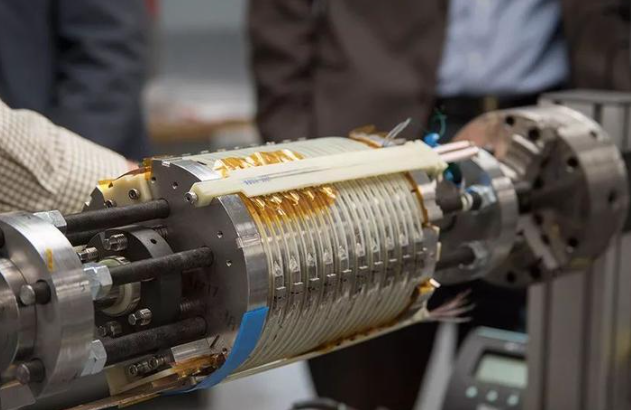
Fusion fuel is also abundant: deuterium can be extracted from seawater, and tritium can be bred from lithium, which Earth has in large reserves.
Best of all, fusion’s only byproduct is helium—no CO₂, no waste battery problem.
One fuel load could last a lifetime, pollution-free—the true definition of green travel.
Future on the Horizon
Challenges remain. The main hurdle is miniaturization—current devices are too bulky. Stronger magnets like the 21.7 Tesla breakthrough offer a path forward.
Materials face neutron bombardment, degrading over time. China’s Academy of Sciences is developing radiation-resistant titanium alloys, but optimization continues. Tritium safety also requires advanced shielding.
Still, progress is accelerating. China aims to build a demonstration fusion power plant by 2045 and achieve commercial power generation before 2050.
Cities like Shanghai and Hefei are already building industrial supply chains, moving from R&D to manufacturing.
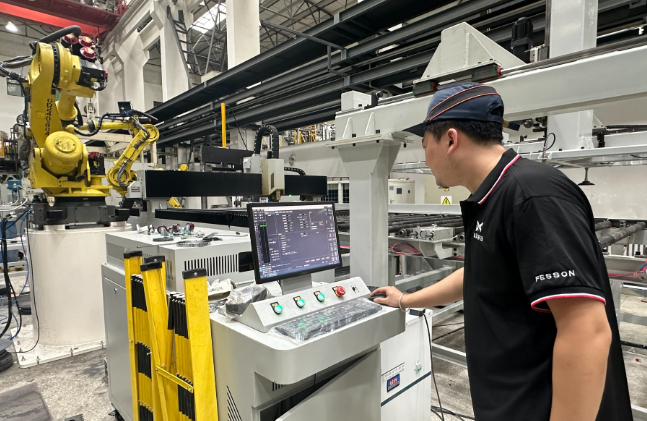
At this pace, cars powered by fusion may arrive within decades.
By then, gas stations could become “fusion fuel stations,” each refill lasting decades.
Winter range loss and charging queues would be history. The infinite-range dashboard might soon be reality.
What sounds like science fiction today is science in progress.

